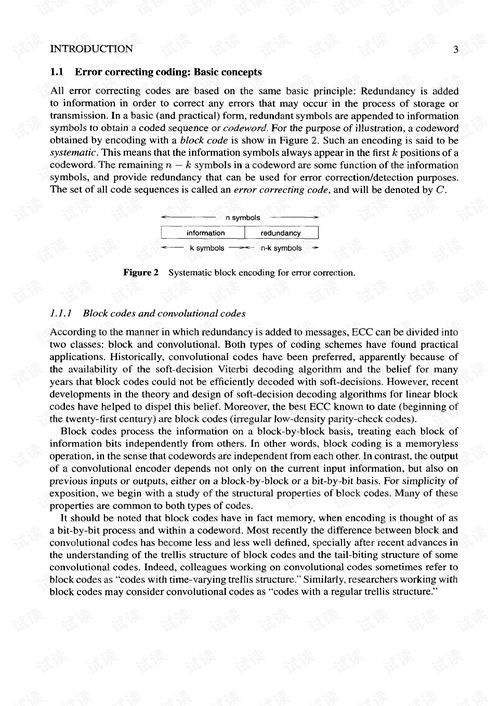Introduction: Phishing attacks have become increasingly sophisticated and prevalent in today's digital landscape. As cybercriminals find new ways to exploit human vulnerabilities, it is crucial to arm ourselves with effective defense techniques to protect against phishing attempts. This article delves into the most effective phishing defense strategies to help you stay one step ahead of cybercriminals.
Educate Your Employees: One of the most effective ways to prevent phishing attacks is by educating your employees about the risks and recognizing potential phishing attempts. Conduct regular training sessions to raise awareness about common phishing techniques, such as email spoofing, malicious attachments, and fraudulent websites. Here are some key points to cover:
- Recognize suspicious emails: Teach employees to look for signs of phishing, such as grammatical errors, unusual email addresses, and requests for sensitive information.
- Be cautious with attachments: Advise employees to never open attachments from unknown senders or click on suspicious links.
- Verify before sharing information: Emphasize the importance of verifying the legitimacy of requests for sensitive information before sharing it.
Implement Strong Email Filters: Email filters are a crucial layer of defense against phishing attacks. They can help identify and block suspicious emails before they reach your employees' inboxes. Here are some features to look for in an email filter:
- Spam filtering: Utilize a robust spam filter to automatically detect and block spam emails, which often contain phishing attempts.
- URL filtering: Implement URL filtering to block access to malicious websites and prevent employees from clicking on suspicious links.
- Domain-based filtering: Block emails from suspicious domains that are commonly used for phishing attacks.
Enable Multi-Factor Authentication (MFA): Multi-factor authentication adds an extra layer of security to your accounts, making it more difficult for cybercriminals to gain unauthorized access. By requiring users to provide additional verification, such as a one-time password sent to their mobile device, MFA significantly reduces the risk of phishing attacks. Here's how to implement MFA:

- Enable MFA for all accounts: Encourage employees to enable MFA on their personal and work accounts.
- Provide guidance on setting up MFA: Offer step-by-step instructions on how to set up MFA for various platforms and services.
- Regularly review and update MFA settings: Ensure that MFA is always enabled and up-to-date to maintain the highest level of security.
Regularly Update and Patch Systems: Cybercriminals often exploit vulnerabilities in outdated software to launch phishing attacks. To prevent this, regularly update and patch your systems, including operating systems, web browsers, and productivity software. Here are some best practices:
- Schedule regular updates: Set up automatic updates for your systems and applications to ensure they are always up-to-date.
- Test updates before deployment: Conduct thorough testing to ensure that updates do not disrupt your operations.
- Monitor for new vulnerabilities: Stay informed about the latest vulnerabilities and apply patches as soon as they become available.
Conduct Phishing Simulations: Phishing simulations, also known as "phishing drills," are a great way to assess your employees' awareness and response to phishing attacks. By conducting regular simulations, you can identify potential weaknesses in your defense strategy and take corrective action. Here's how to conduct a phishing simulation:
- Develop realistic phishing scenarios: Create scenarios that mimic real-world phishing attempts, including emails, attachments, and links.
- Educate employees on the purpose of the simulation: Ensure that employees understand that the simulation is for training purposes and not a real attack.
- Analyze the results: Review the simulation results to identify areas for improvement and provide targeted training to affected employees.
Conclusion: Phishing attacks are a significant threat to individuals and organizations alike. By implementing the effective defense techniques outlined in this article, you can significantly reduce the risk of falling victim to phishing attempts. Remember, staying vigilant and continuously updating your defense strategy is crucial in the ongoing battle against cybercriminals.












